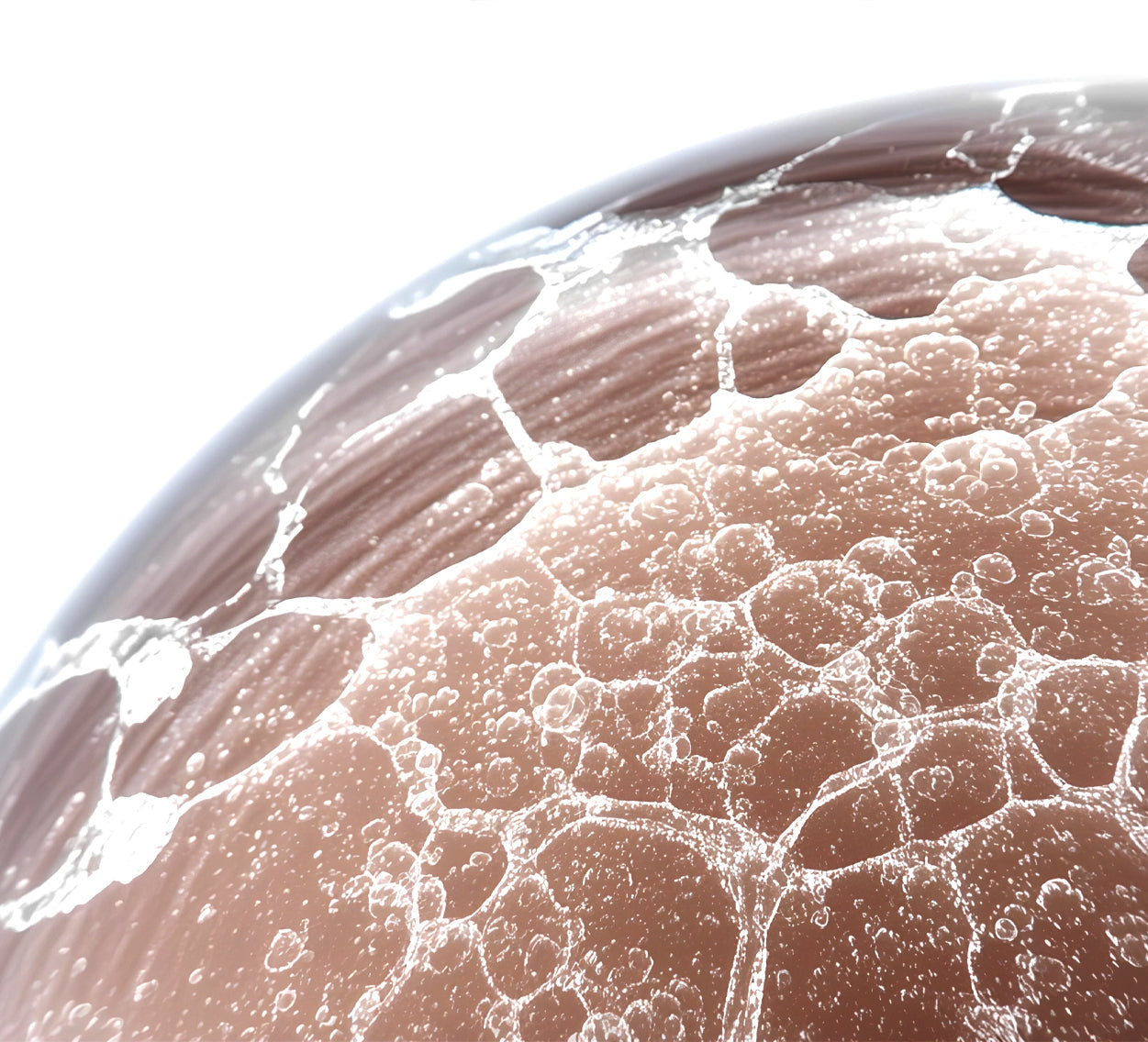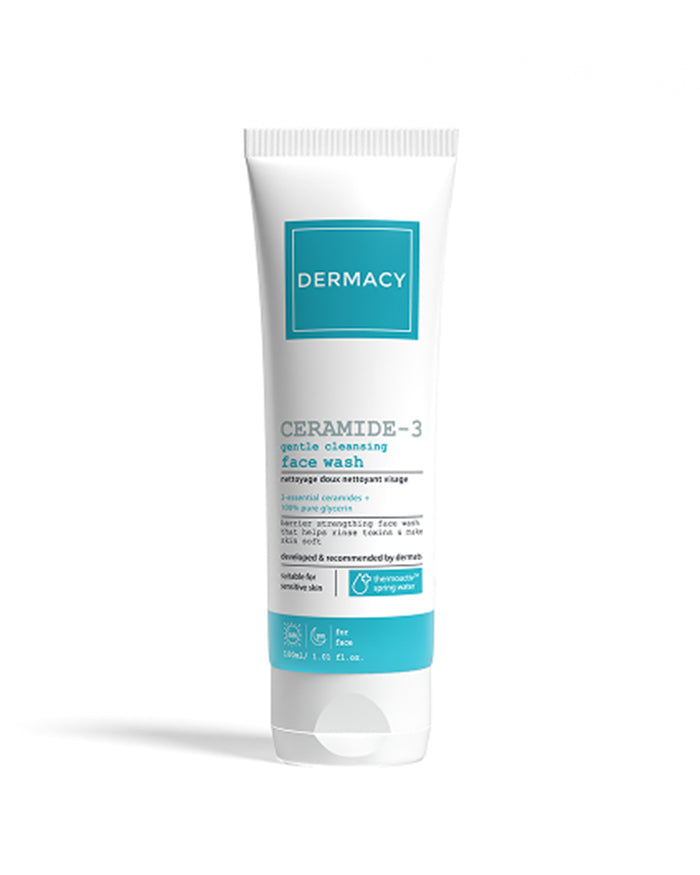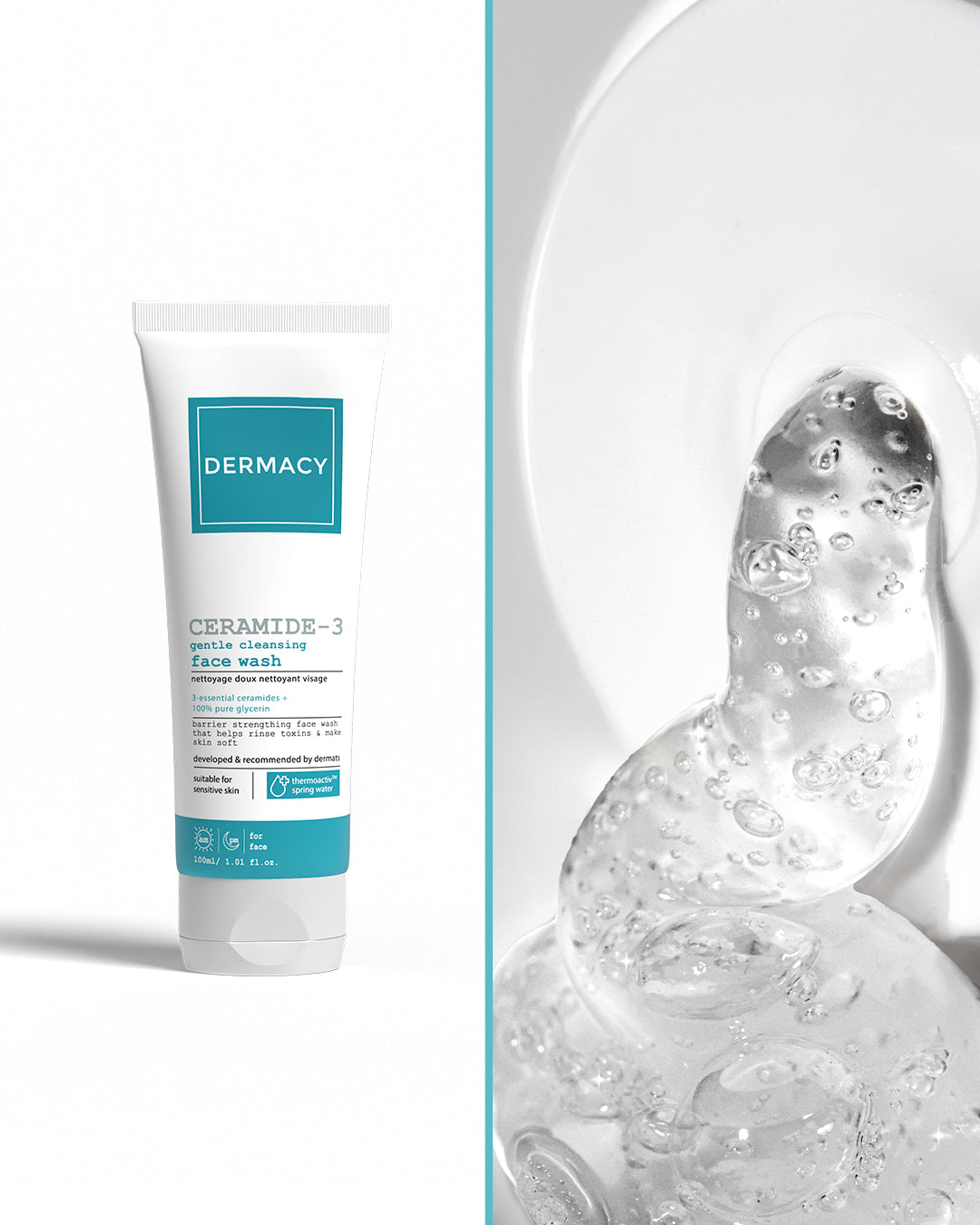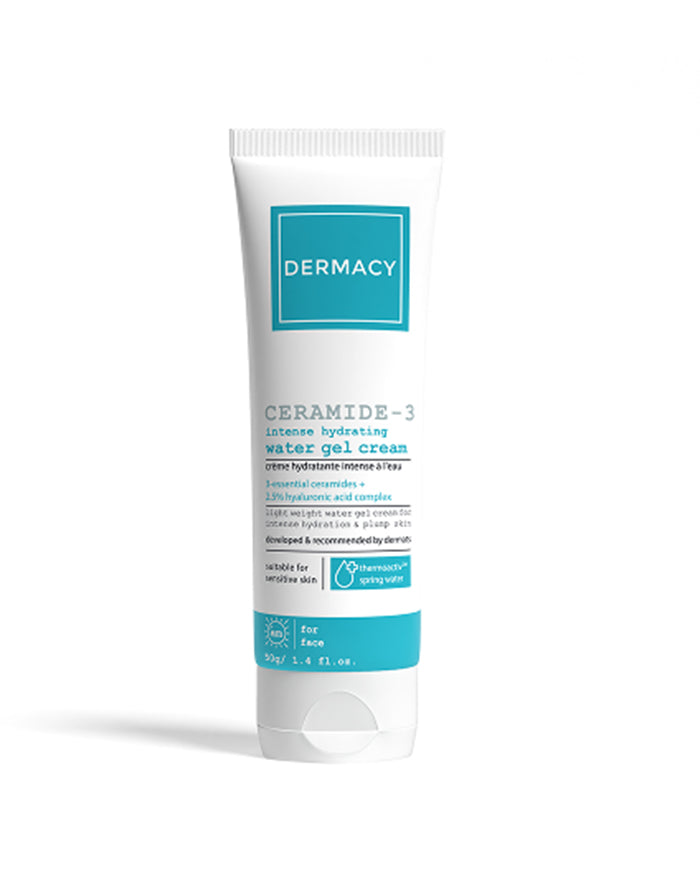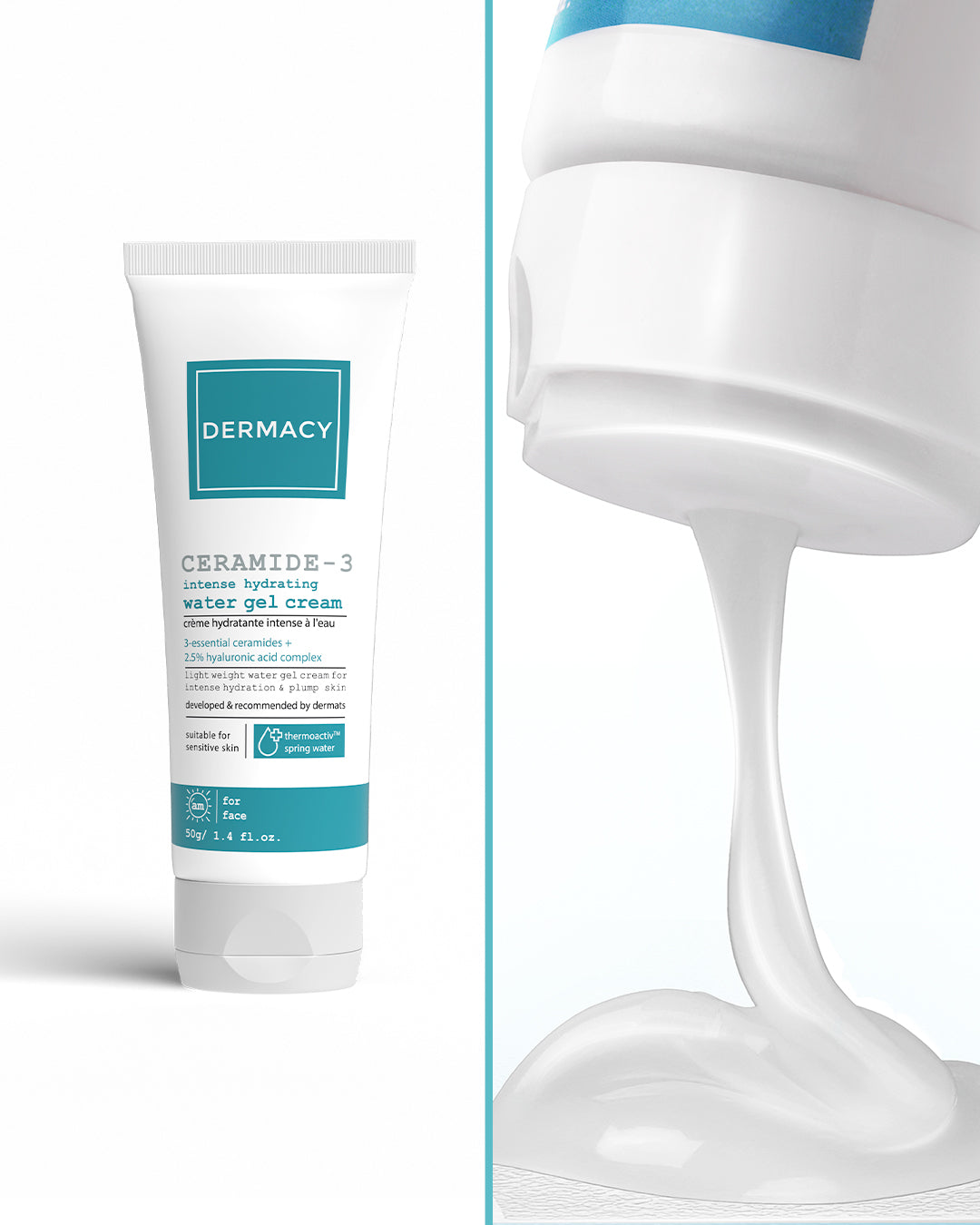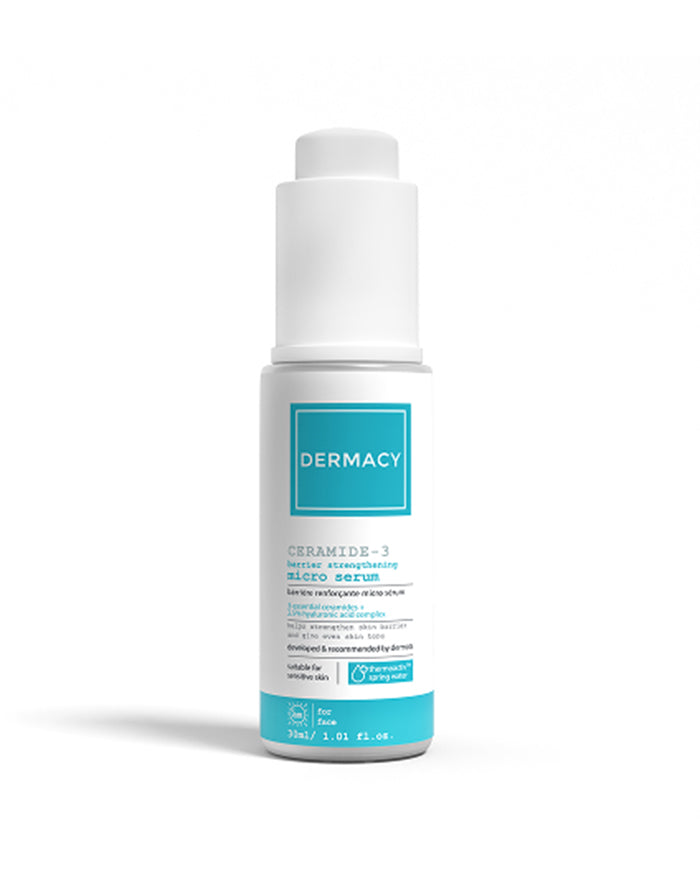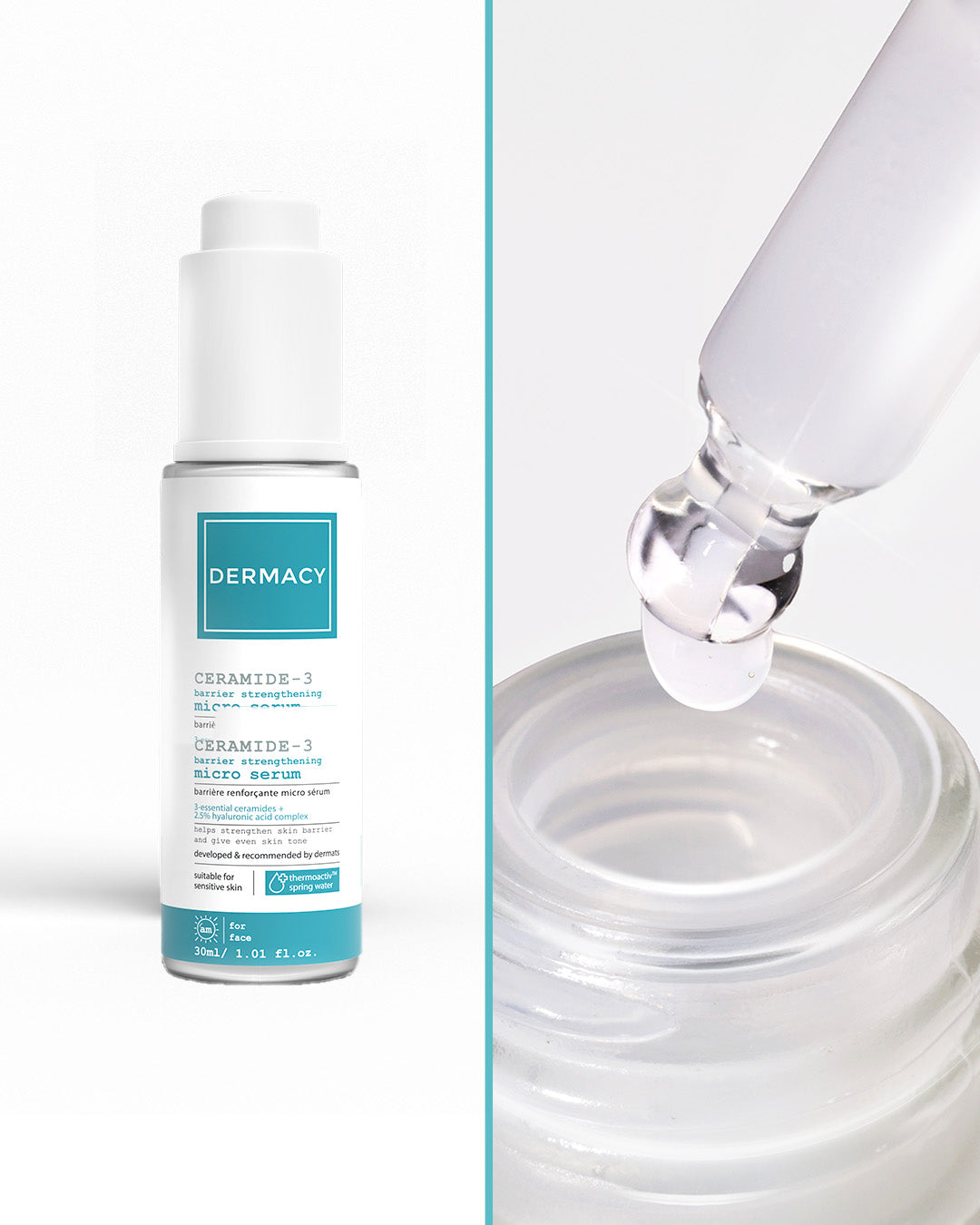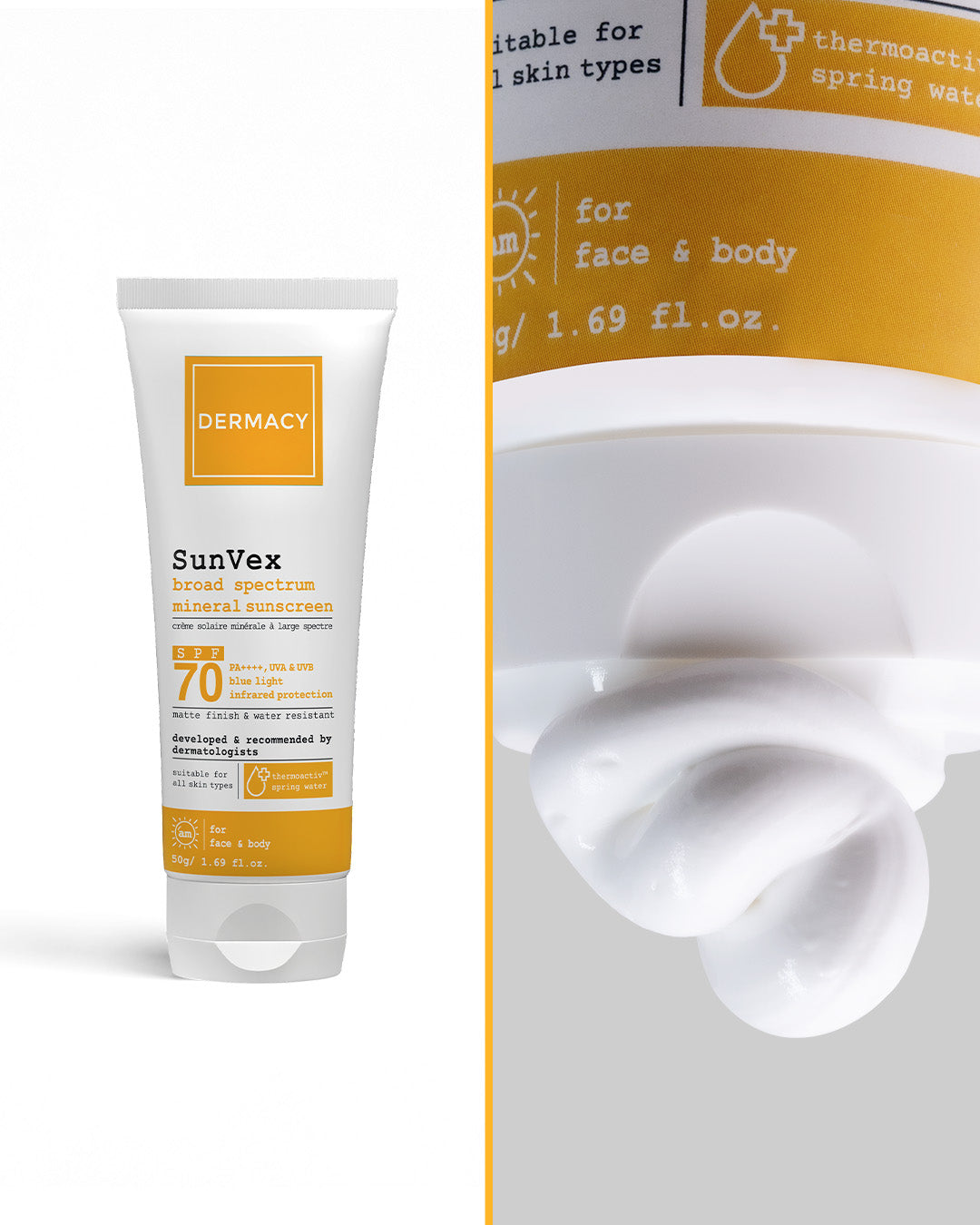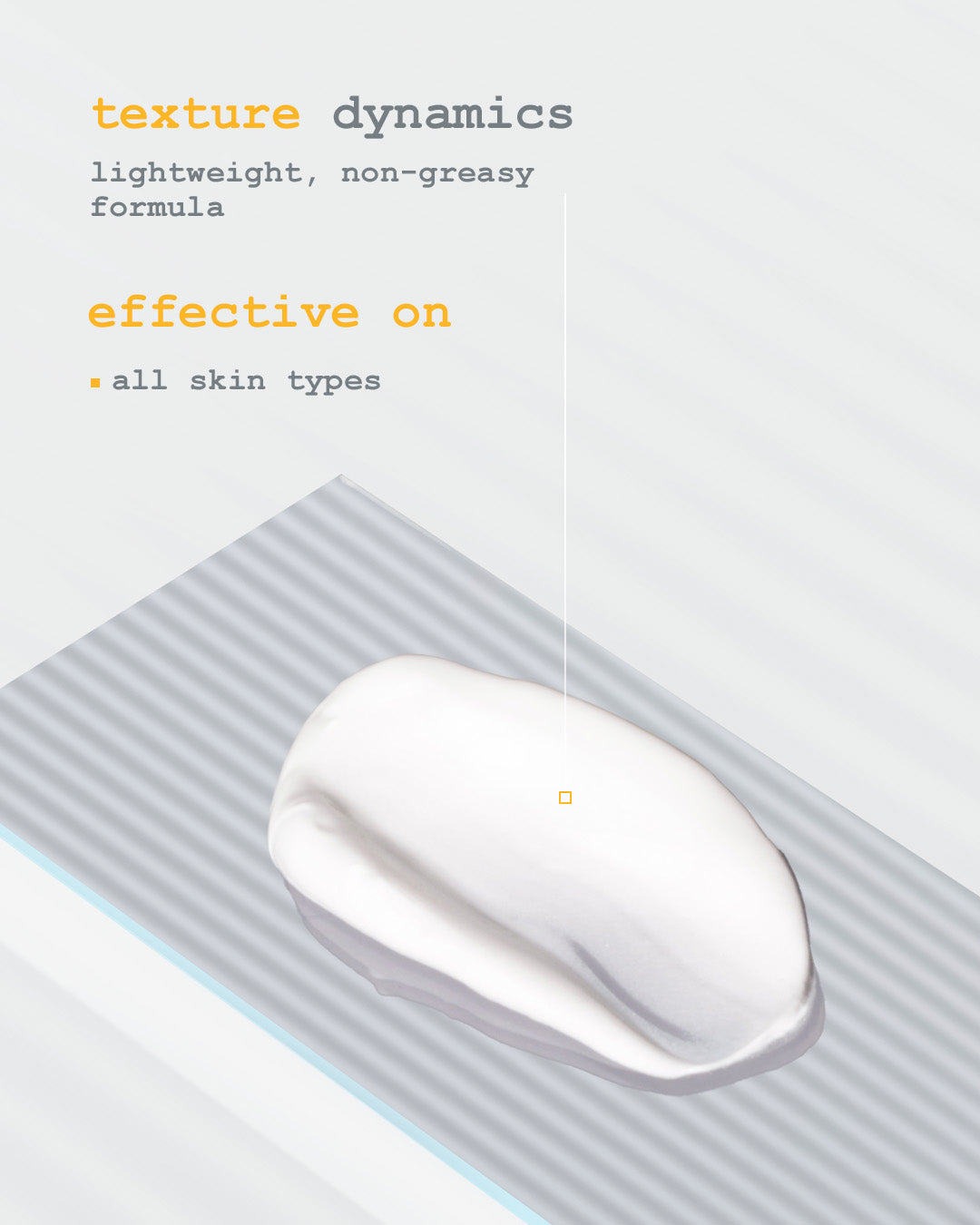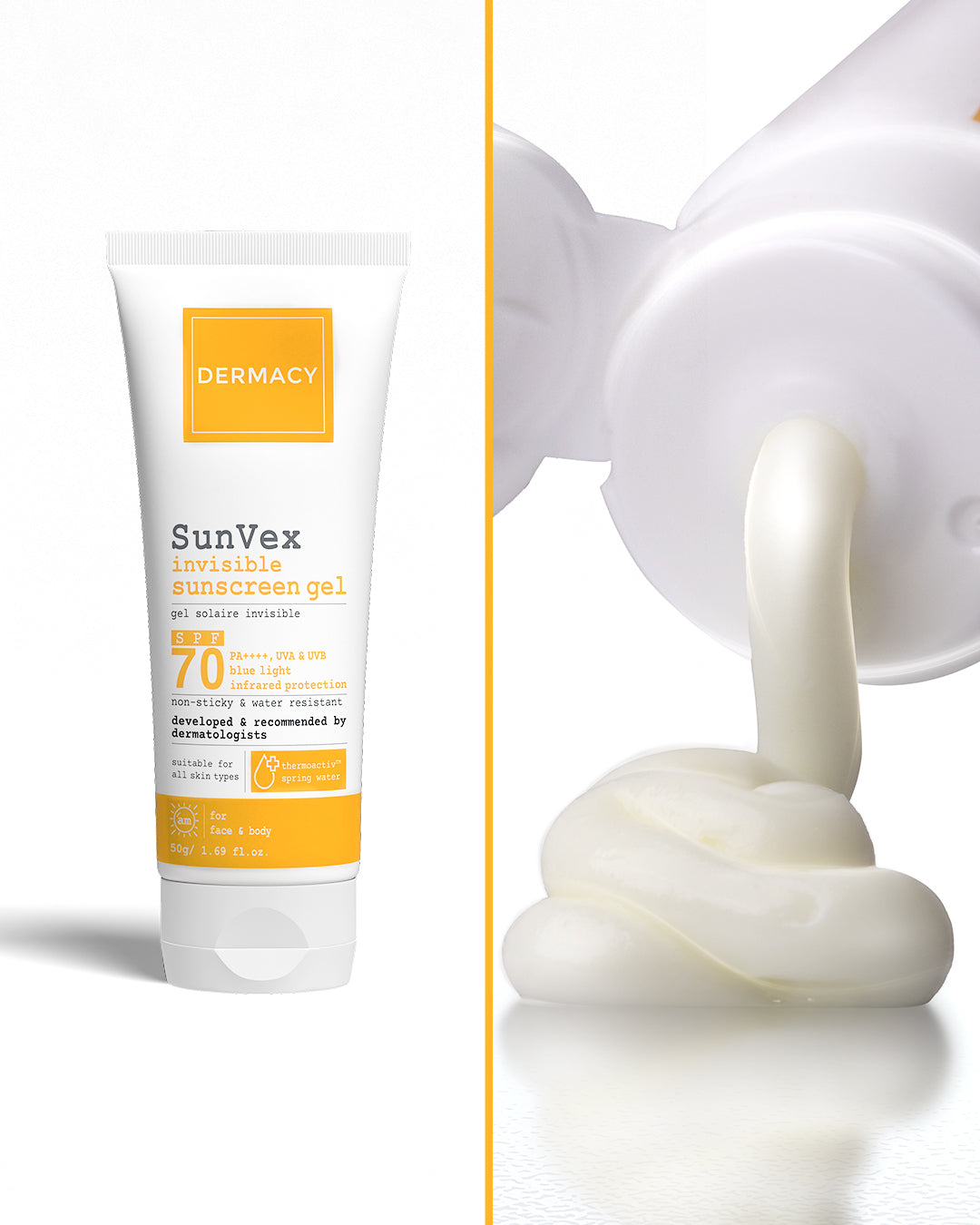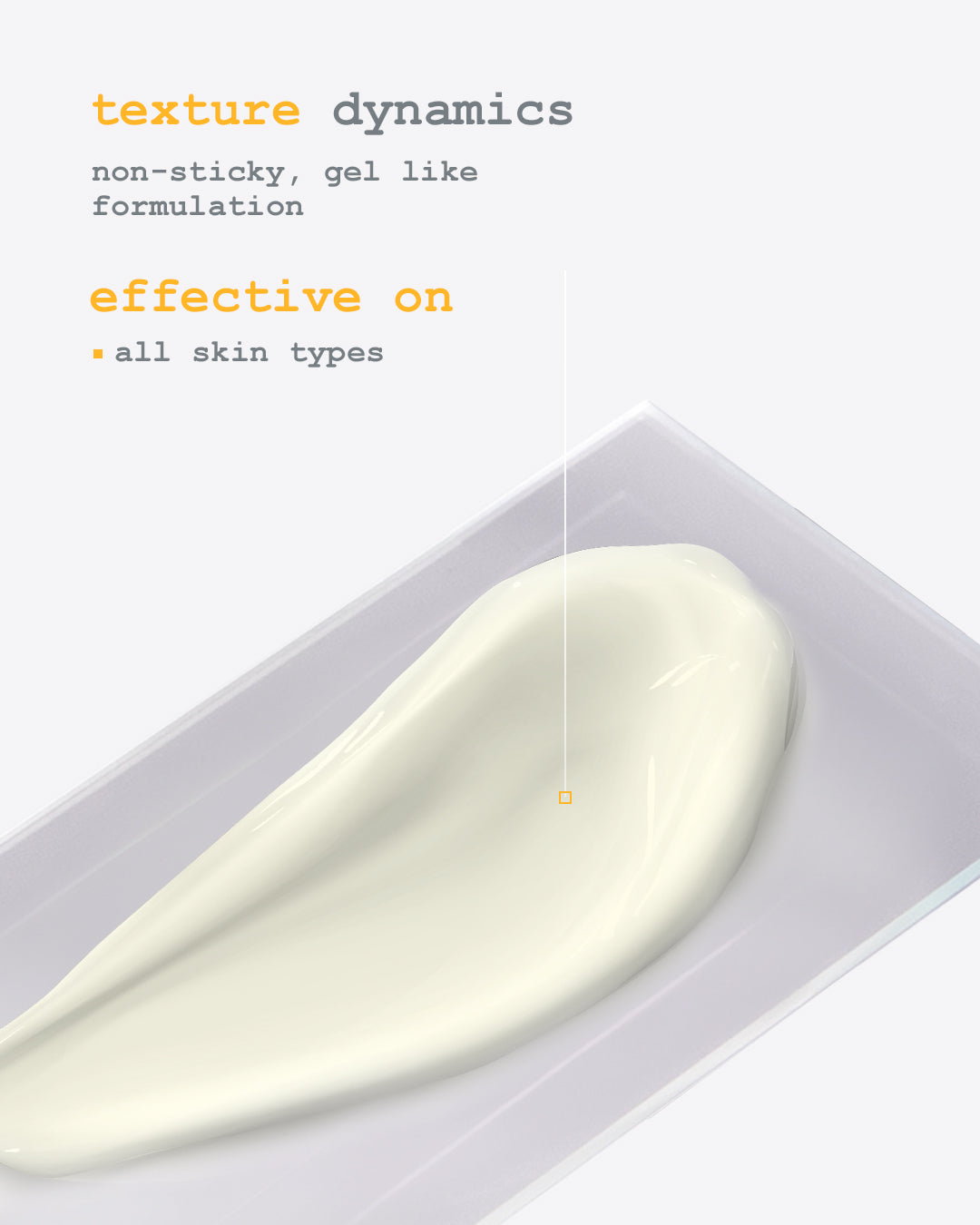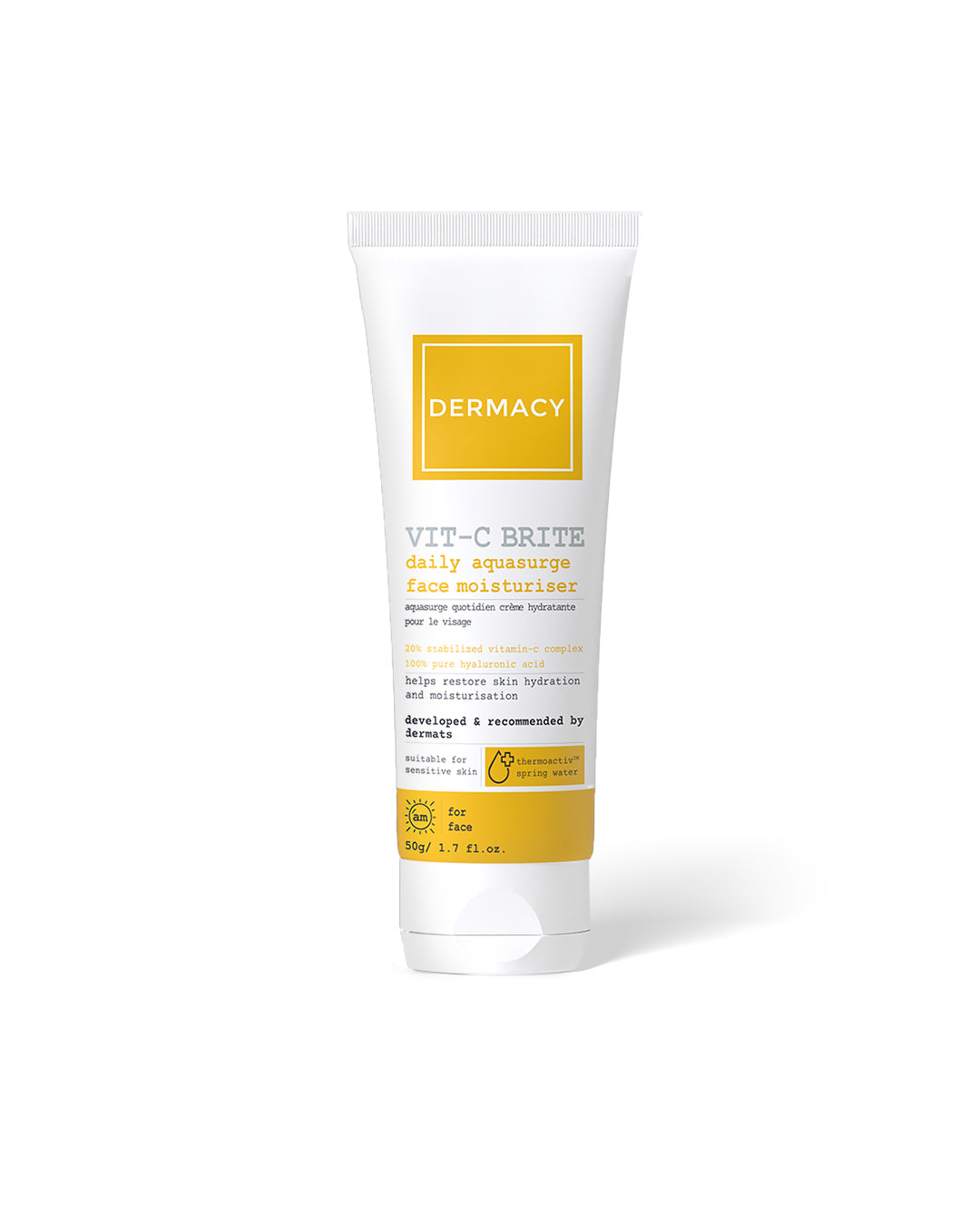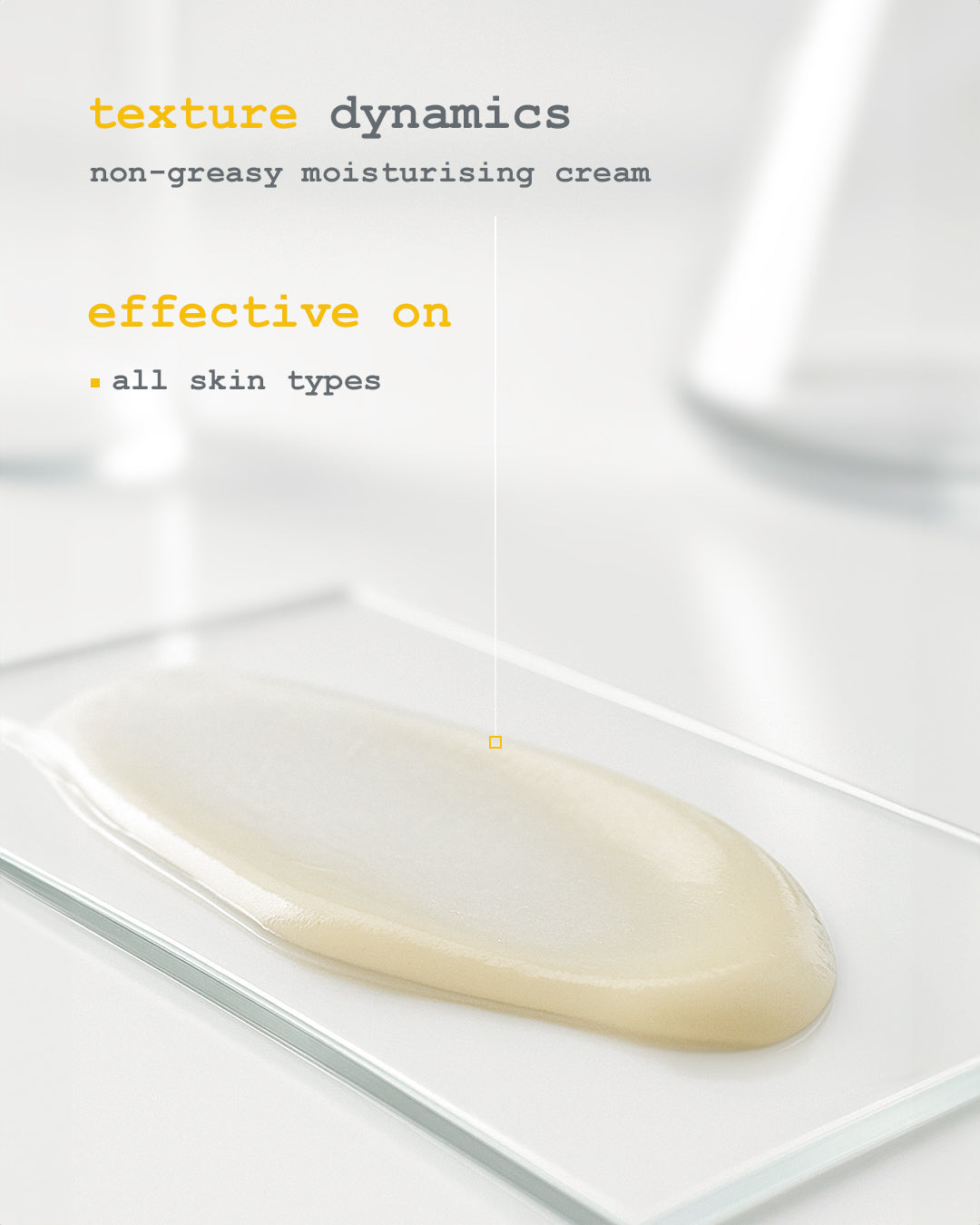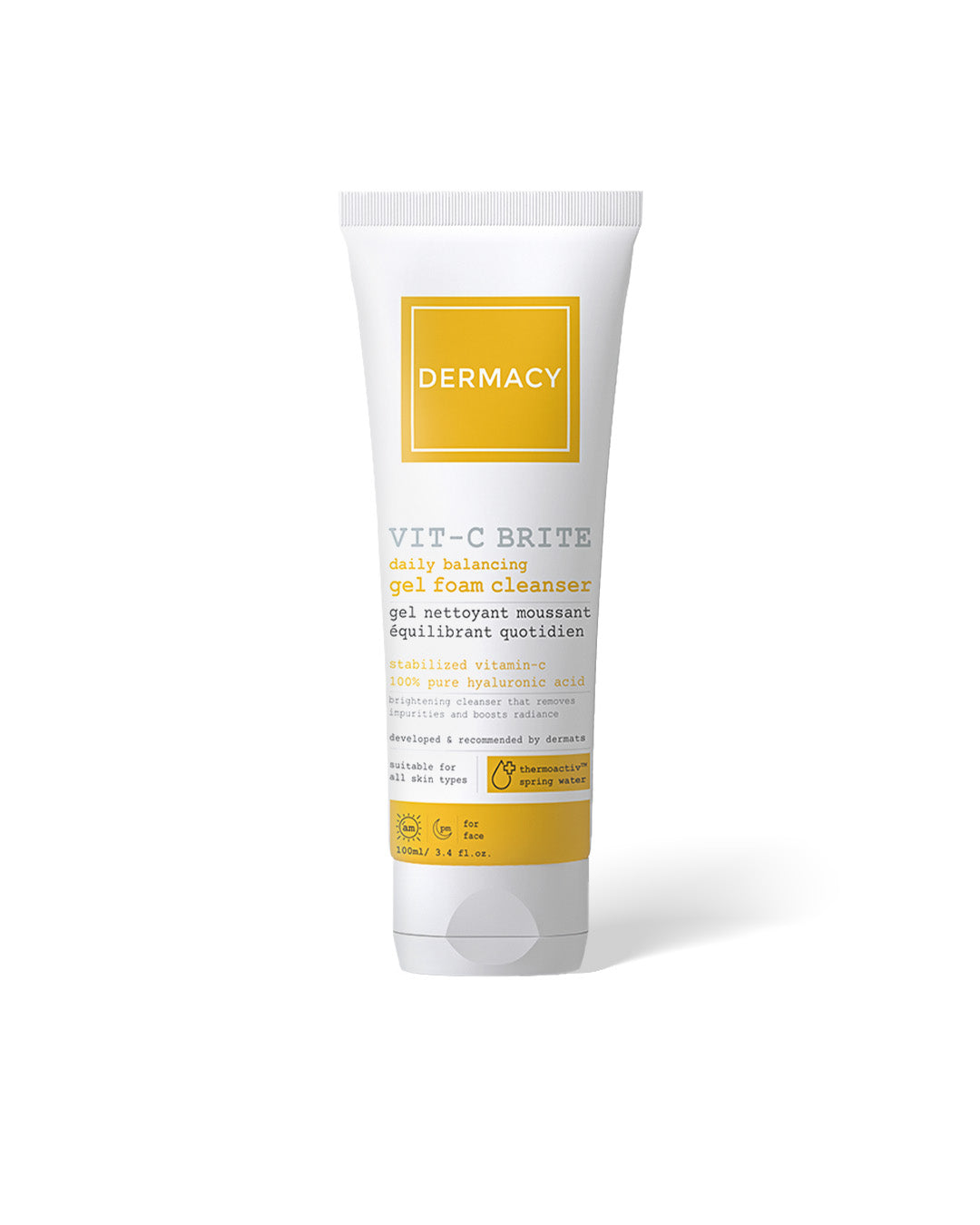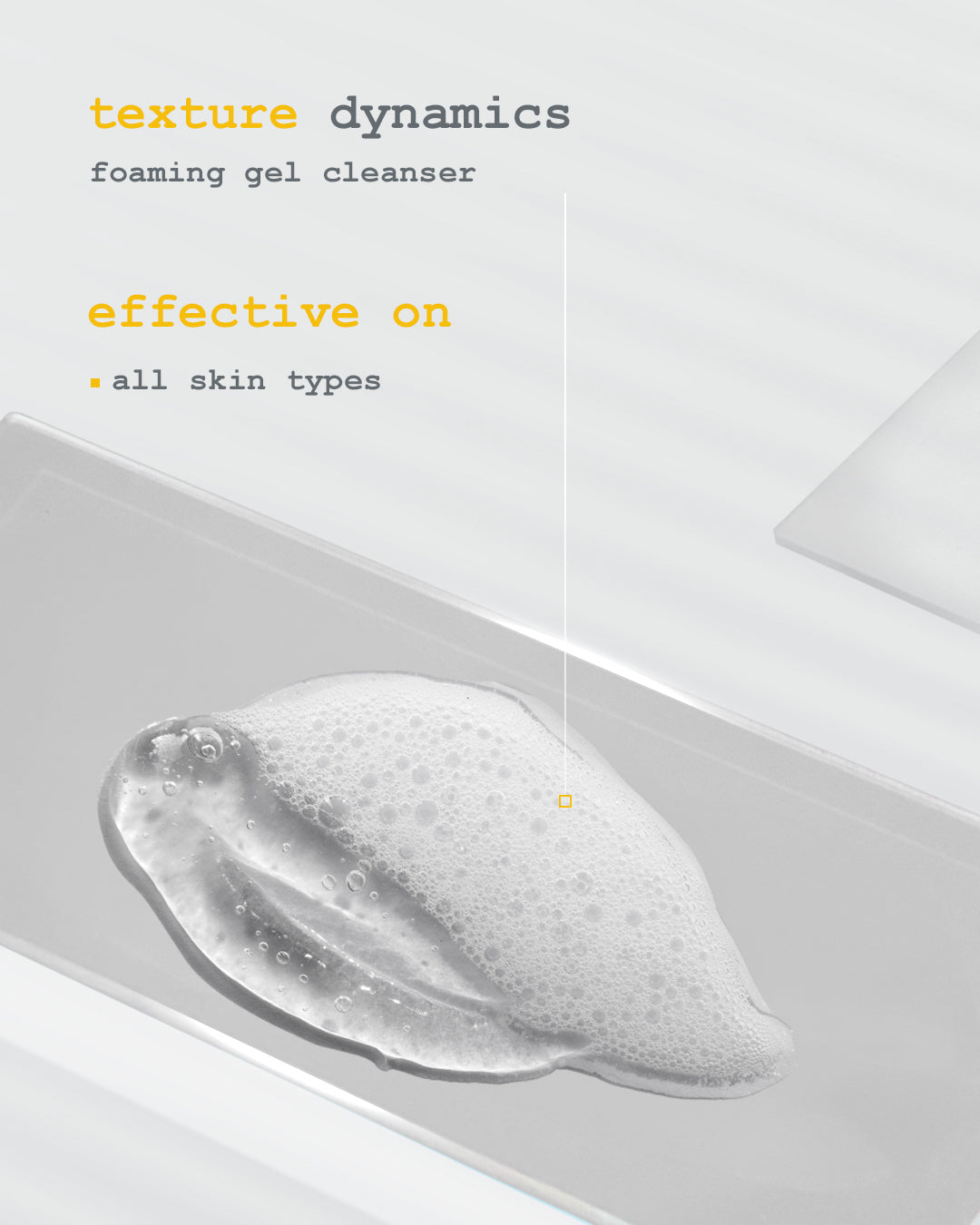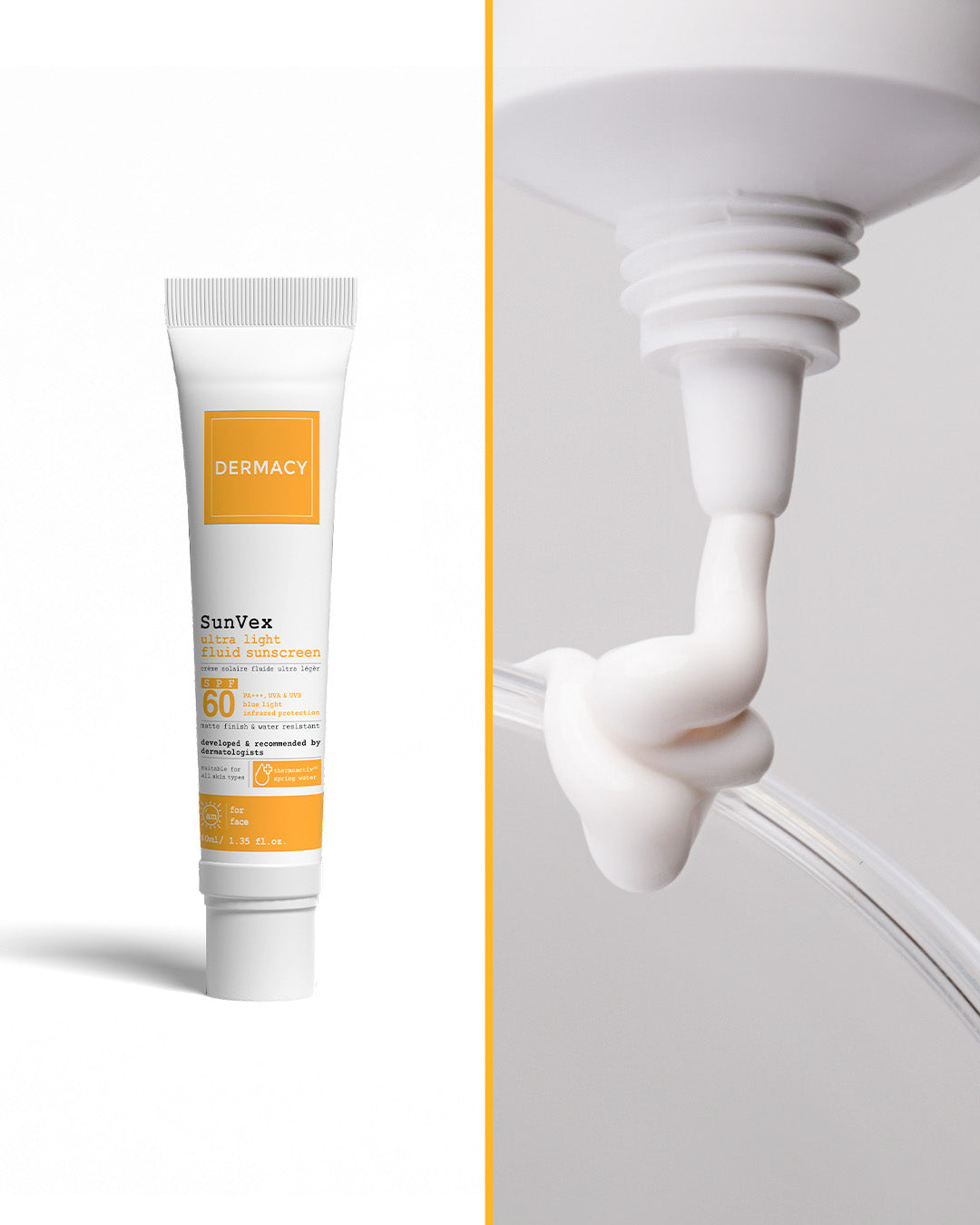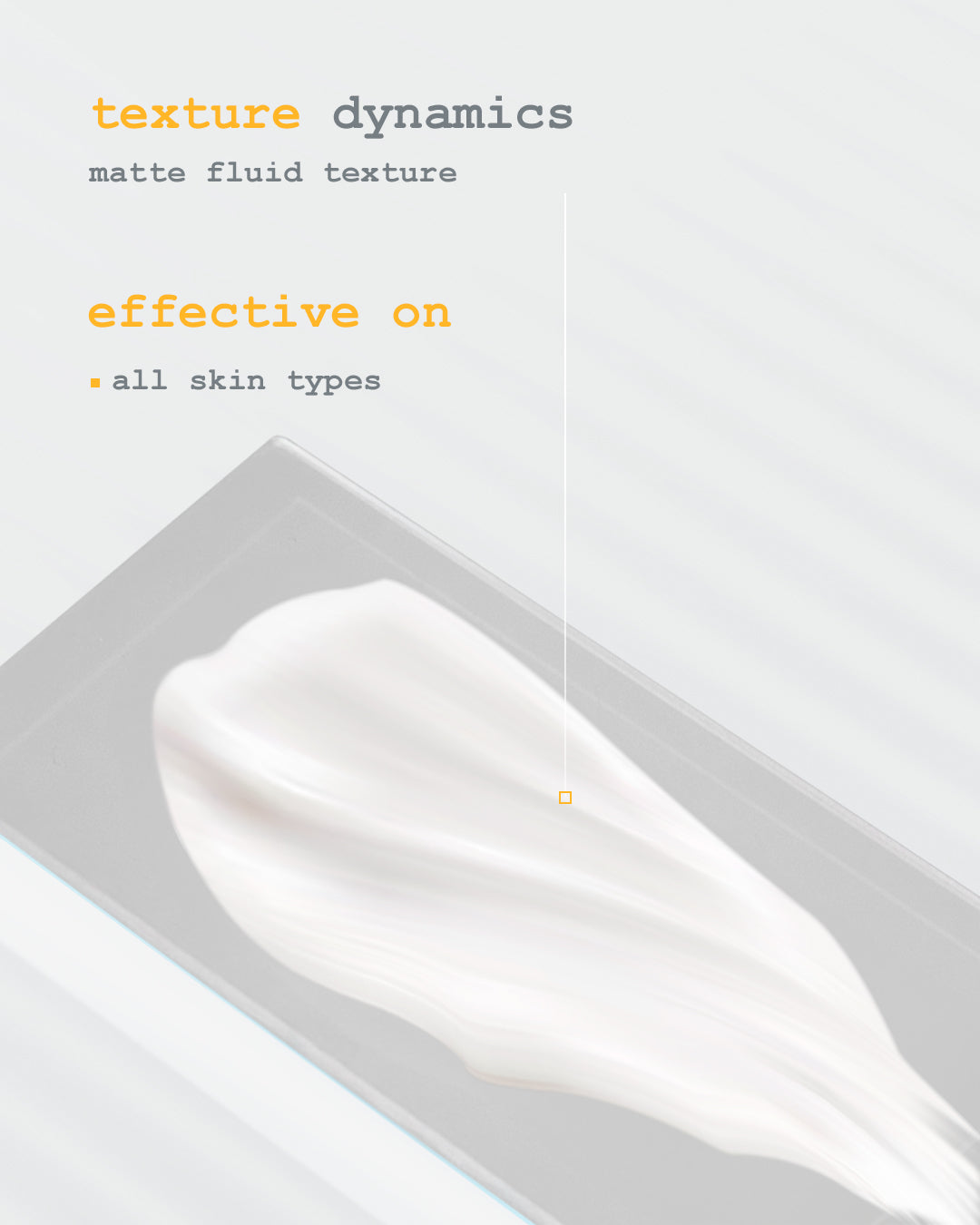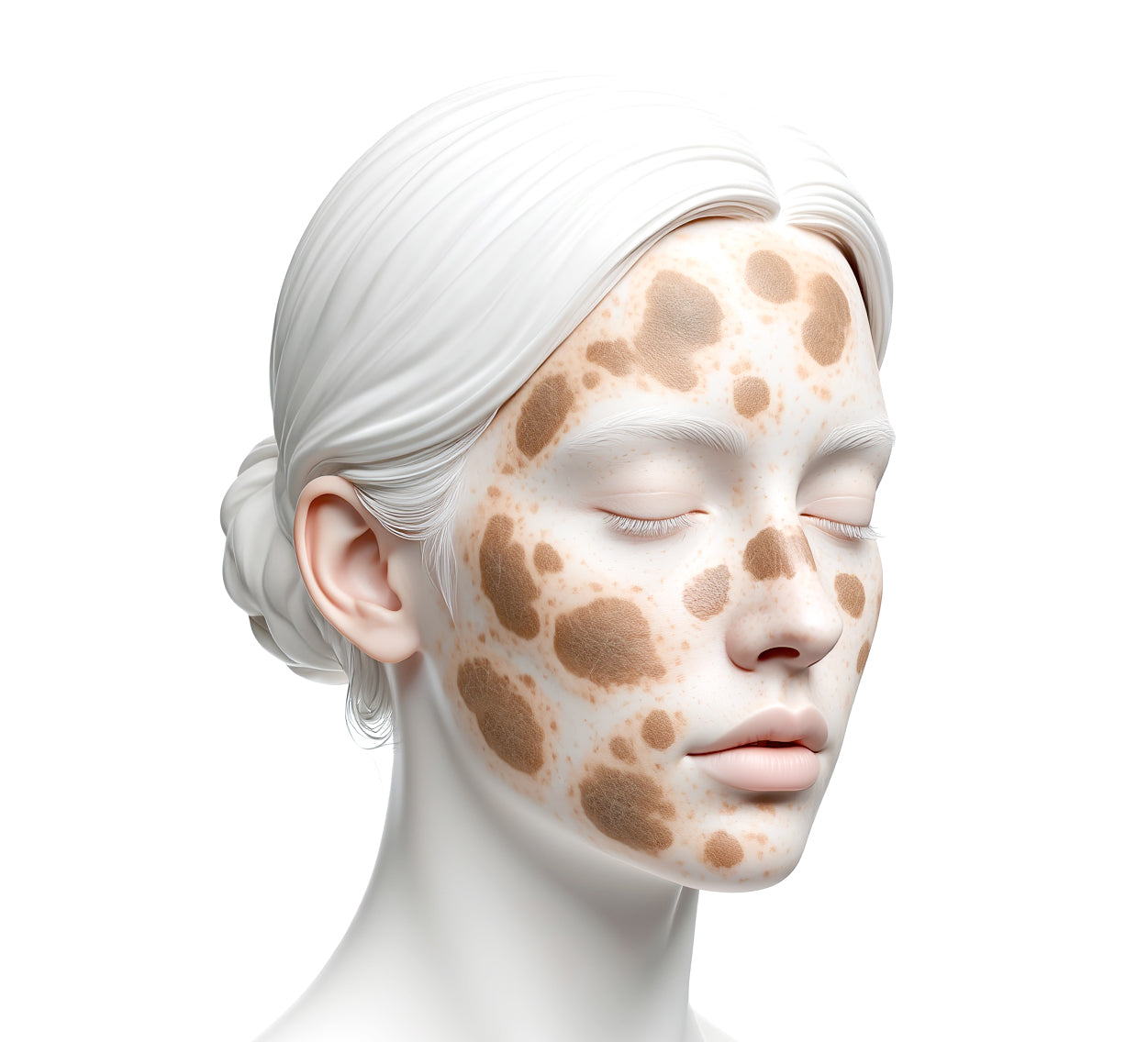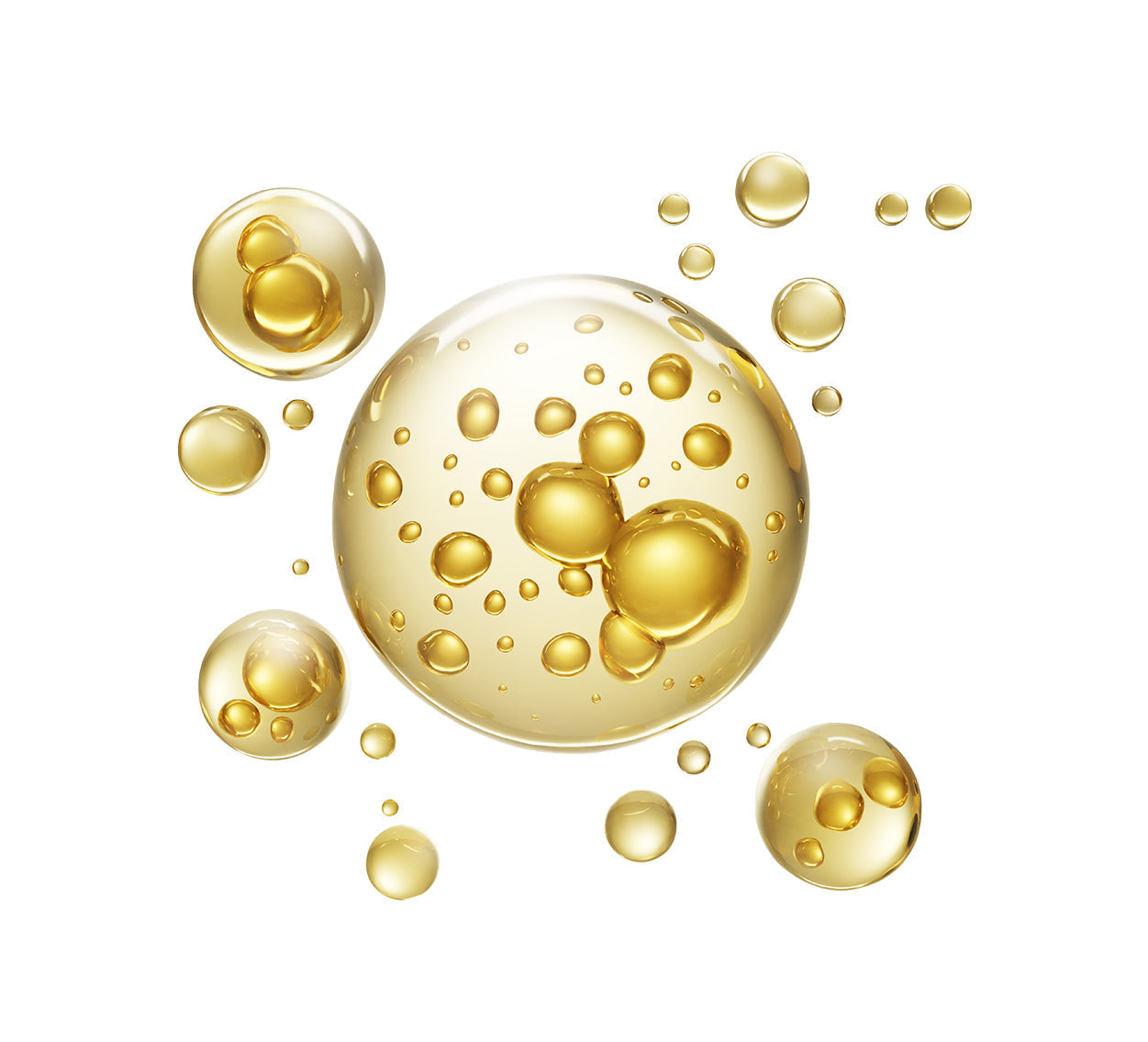Omega-3 & Fatty Acids: The Unsung Heroes of Skin Barrier Repair
What Are Fatty Acids?
Fatty acids are lipid molecules that form a core part of the skin’s protective barrier. Found naturally in the stratum corneum, these molecules work alongside ceramides and cholesterol to prevent water loss, defend against irritants, and maintain skin balance.
Fatty Acids vs. Omega-3 Fatty Acids
All omega fatty acids are fatty acids, but not all fatty acids are omegas.
- Fatty Acids – General term for lipid molecules involved in barrier function *insert blog backlink on SKIN BARRIER*
- Omega Fatty Acids – A specific group (like Omega-3, 6, 9) known for anti-inflammatory and skin-soothing properties
Types of Fatty Acids in Skincare
- Linoleic Acid (Omega-6): Rebuilds barrier function and helps regulate oil production.
- Oleic Acid (Omega-9): Nourishes dry or flaky skin with a richer texture.
- Alpha-linolenic Acid (Omega-3): The hero of this group—calms redness, reduces irritation, and enhances healing.
- Palmitic Acid & Stearic Acid: Act as emollients, improving texture and skin feel.
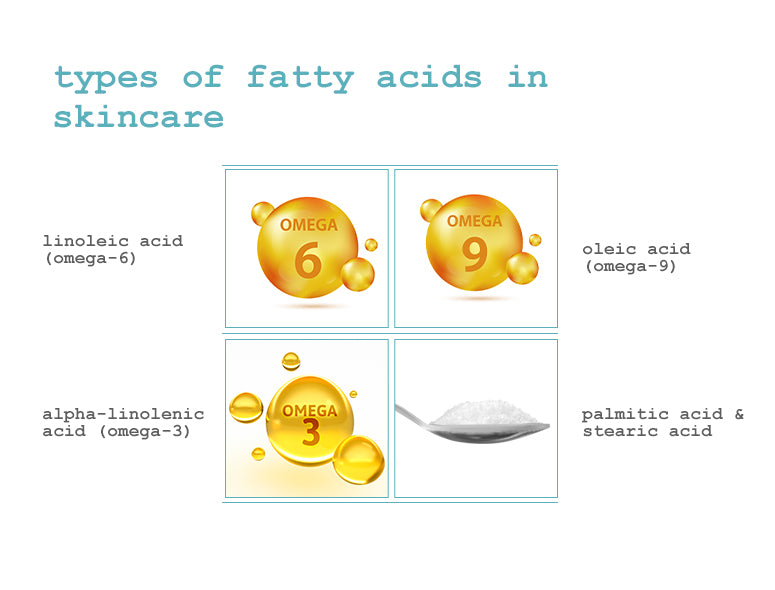
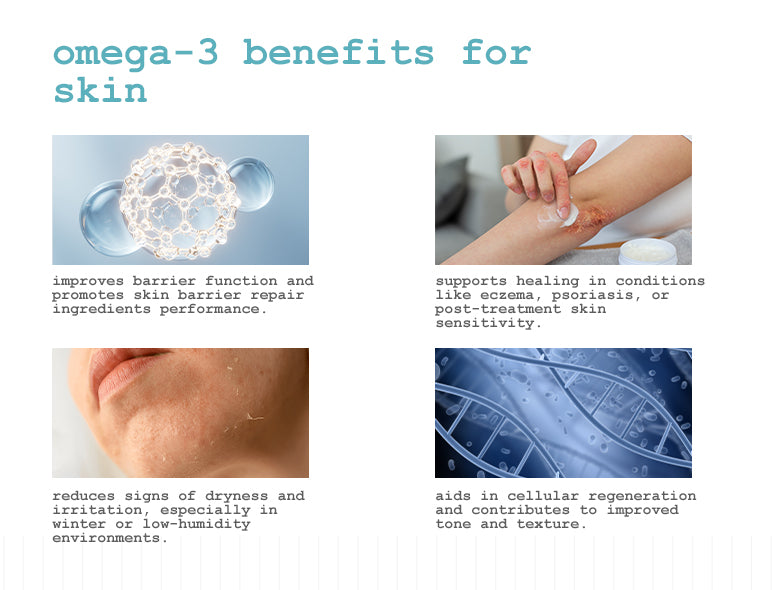
Omega-3 Benefits for Skin
- Helps reduce inflammation and redness associated with environmental stress.
- Improves barrier function and promotes skin barrier repair ingredients performance.
- Supports healing in conditions like eczema, psoriasis, or post-treatment skin sensitivity.
- Reduces signs of dryness and irritation, especially in winter or low-humidity environments.
- Aids in cellular regeneration and contributes to improved tone and texture.
How to Use Omega-3 for Skin
- Topical Use: Look for serums, moisturizers, or facial oils containing omega-3-rich ingredients like flaxseed oil, chia seed oil, or algae extracts.
- Internal Support: Omega-3 supplements can support skin from within—consult your dermatologist before starting.
- Best Time to Apply: After cleansing and before sealing in with heavier moisturizers or occlusives.
- Ceramides – Pair with ceramides *Insert blog backlink on CERAMIDES* or hyaluronic acid *insert blog backlink on HYALURONIC ACID* for added barrier support
- Hyaluronic Acid – Pulls water into the skin, while omega-3 helps lock it in.
- Niacinamide – Enhances skin texture and barrier repair when paired with omega fatty acids.
Final Takeaway
Fatty acids, especially omega-3 fatty acids, are fundamental to skin structure and resilience. By incorporating these skin barrier repair ingredients into your routine, you can effectively reduce dryness, sensitivity, and environmental damage—promoting a more balanced, hydrated complexion.
For anyone experiencing dehydrated skin symptoms, rough texture, or post-inflammatory irritation, omega-3 offers a clinically backed pathway to repair and renewal.






